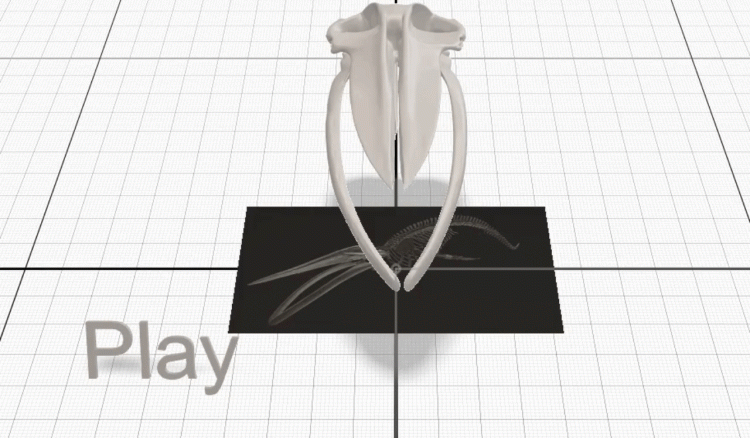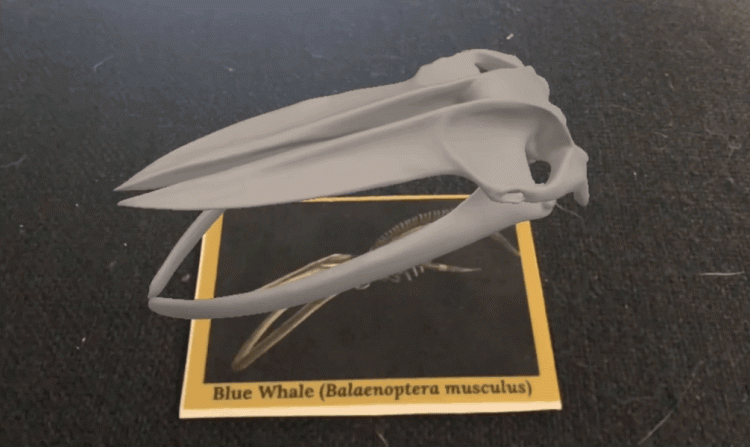The CU Museum is closed. We will be reopening soon.
During this time, collection visits will be available by appointment and other special access requests will be considered on a case-by-case basis.
Please email cumuseum@colorado.edu for more information.
Making Museum Collections Accessible to College Students
Cameron Pittman
Augmented reality (AR; a layering of computer-generated sensory input onto real-world views) and Virtual reality (VR; immersive multimedia) have seen significant investments and advances in the past few decades. The first instance of a virtual computer-generated environment, which can be viewed as the ancestor of AR/VR, was made in 1986 and called “The Sword of Damocles.” Advancements were rapidly made from there, and now we can see things like Pokémon Go, Beat Saber, or Elder Scrolls V: Skyrim VR.
In museums, these AR tools have assisted in increasing the accessibility to the objects they house and offer more developed ways of establishing research from wherever someone wishes to conduct it. Some good examples are the Virtual Paleo Hall in the CUMNH, The FBI Experience from the Smithsonian Exhibits, and the KSC 360 Expedition by the NASA Kennedy Space Center Visitor Complex. AR/VR brings various subjects to life within the education field, where students can interact with the material to stimulate their curiosity and enthusiasm. This is still in its infancy regarding education, but the applications are vast. AR/VR could help funnel the surplus of information given in a course into interactive materials that open another element of understanding in higher education.
College courses involving the assessment of natural history specimens (i.e., Paleontology, Entomology, Botany) are sometimes difficult for students as they cannot fully interact with the study materials. The objects in these classes are either old, rare, fragile, or incomplete, and the poor specimens are often set aside for use in a teaching collection. While taking Dr. William Taylor’s Emerging Technologies in Museum Studies course, I was set up on a path of curiosity. I wanted to find a method to blend AR/VR technologies into college courses where natural specimens are used as teaching resources. To address the issue of being disconnected from the specimens and hopefully improve the teaching methods in these college courses, my capstone project sought to use AR technology to produce educational materials that provide access to specimens that are difficult to handle. My plan involved the creation of AR info cards as supplemental study material for students who take Mammalogy as an undergraduate college course. I used Adobe Aero software to produce the AR materials (Figures 1 and 2). The 3D models were obtained from Sketchfab or Morphosource. With everything brought together, I believe my goals were met by crafting an informative and interactive experience.
The opportunities with AR functionality have the potential to be progressively implemented in higher education classes. AR technology allows students to interact with museum collections outside of the classroom. While there is plenty of work needed to make this technology efficient in educational spaces, I know that museums will be the place to make the best use of it.

Figure 1. Blue whale skull modeled in Adobe Aero. Source: Cameron Pittman

Figure 2. Blue whale skull viewed through Adobe Aero. Source: Cameron Pittman
Emerging Technologies Student Blogs
The Double-Edged Sword of Digitization: New Technology, New Problems
Garret Jolma

